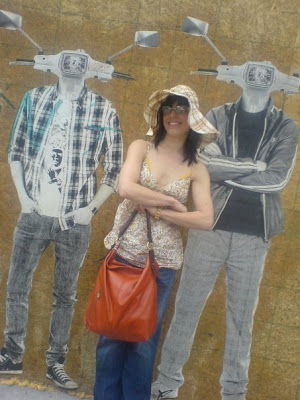I don't know what to make of this little poem I wrote years ago, it has such an oppressive tone, which could either be an adult telling a child to stop daydreaming or our own voice telling us to stop make-believing, as it may be seen as a childish act...nothing could be more untrue... The tone at the end also hints at uninspired or unoriginal ideas being rewarded...This little ditty is so negative, but I seem to remember it whenever I am discouraged in my creative endeavours!!
Tsk
You must stop child,
Children only dream dreams by matchsticks,
and not by pocketbooks.
To hear the clink-clink in your pocket,
Is better than grumbles from your tummy.
Asking for more…
Asking for more…
Dreams are worth poor.
Lie it down,
It’s only as good as it ever can be,
But only if it's not your own.






















































